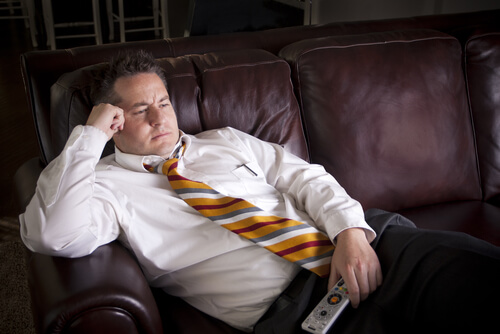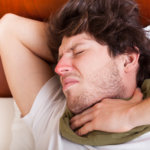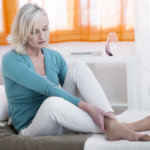
Varicose veins are unsightly or bulging veins that appear on the surface of the skin. Sometimes these varicose veins are large, swollen and bulge out from the surface, and in some cases, they do not appear swollen, but are bright purple or reddish and branch out like spider’s legs; the latter are often called “spider veins.” Varicose veins create more of an aesthetic problem than health problems, but in some cases, they may signal an issue with the veins or with the cardiovascular system.
The majority of those who suffer from varicose veins are women, although between 10% to 20% of men can develop this condition. Genes play a large role in the development of discolored or swollen veins; around 90% of those who have varicose veins had a mother or grandmother with the same condition. Laser surgery may correct this condition, but avoiding knee highs and high heels may prevent it from getting worse.
1. Sedentary Lifestyle
Many of us spend hours a day at desk jobs and more time driving to and from work. After work, we may sit in front of the television for hours. The sedentary nature of many of our lives can be responsible for weight gain, poor cardiovascular health and the development of varicose veins. The job of the veins is to take the blood back to the heart and lungs after it has been used by the organs.
If a person is sedentary, circulation is poor and slow, and the veins take longer to bring the blood back. As a result, clogs can develop in the veins and can cause varicose veins. One way to prevent and reduce the problem of varicose veins is to get at least 20 to 30 minutes of aerobic activity at least three times a week. Try walking to work instead of driving or riding the bus.



